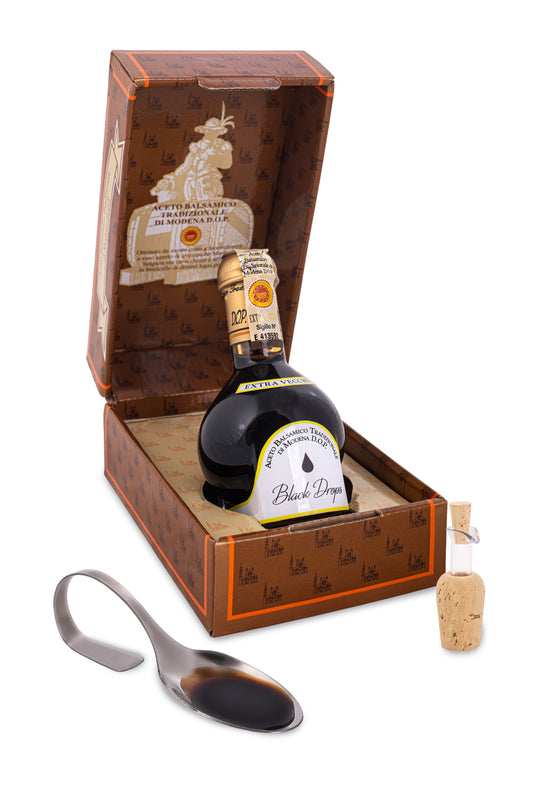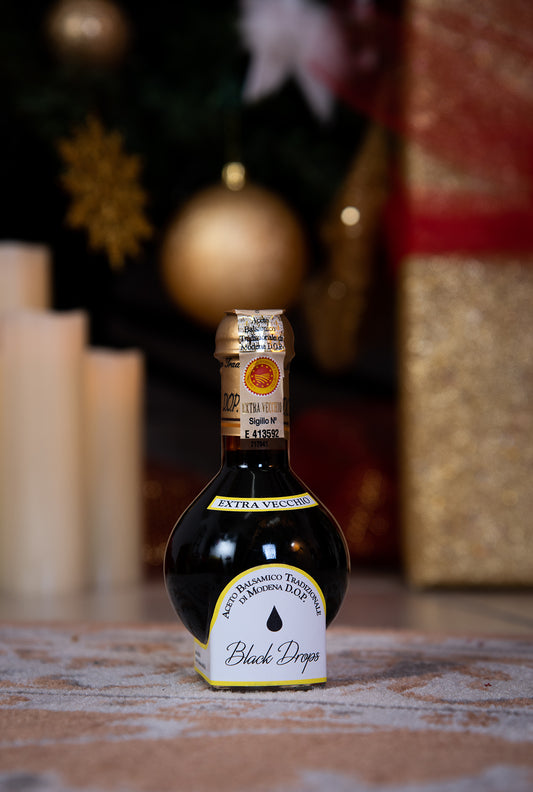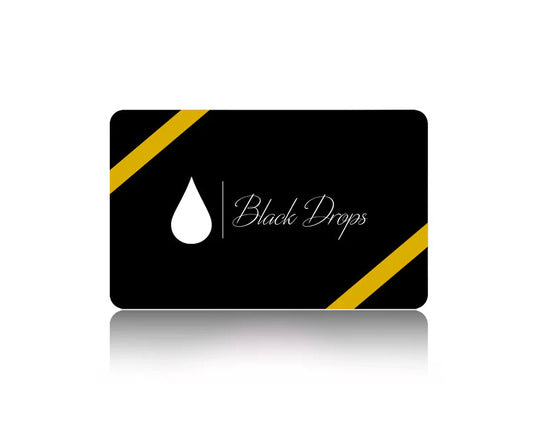
Dos and Don'ts of Balsamic Vinegar
Those who have indulged in good quality balsamic vinegar know there is nothing else like it in this world. Explosively flavorful. Intense. Richly sweet and complexly tart. Velvety, with subtle elements of figs, molasses, prunes, and caramel.
Yeah. All that in one drop of one of the world’s most sought-after elixirs.
Add to that the fact that it’s aged like wine for up to 50 years, and it’s no wonder high-end balsamic vinegar costs and arm and a leg.
If you’re going to spend significant money on balsamic vinegar, then you should definitely know how—and how not—to use it. Are these hard and fast rules? Nope. The only hard and fast rule of food is: if you like it, enjoy it. But there are certainly guidelines set out by the experts that we can all learn from.
Traditional vs. Non-Traditional
First, some basic information. Balsamic vinegar’s flavor, like wine, improves with age until it reaches the minimum age where it can be labeled “traditional”—12 years in the barrel. But…also like wine, there are other balsamic vinegars on the market that are perfectly usable and very tasty, but younger. After all, you may like $90 vintage wine, but there are some really good $12 table wines out there too.
Just to be clear, what we’re talking about in this blog is the traditional stuff that meets the standards of time-tested perfection.
The Don’ts
If balsamic vinegar is so wonderful, why would there be any don’ts? Well, why do some recipes call for baking powder as opposed to baking soda? Why isn’t everything covered with chocolate syrup when chocolate is so good? Because cooking is partially chemistry. Elements of one ingredient or food interact with elements of another ingredient or food and sometimes make combinations that don’t work real well or taste real great. This is the case with balsamic vinegar, even as wonderful as it is.
- Don’t use it as part of a meat marinade. It isn’t particularly flattering to either the taste of the meat or the vinegar.
- Don’t use it when the cooking process will expose the vinegar to excessive heat. The vinegar will break down and lose its glorious flavor. You don’t want that!
- Don’t use it on everything. It is a truly unique taste. Don’t drown everything on your plate in balsamic. Pick a dish.
The Dos
The good news about balsamic vinegar is that it comes with lots of dos!
- Do keep it fresh and simple. Mash an avocado and mix it with some good balsamic and you have a creamy salad dressing to die for.
- Do use it as a finishing flavor. Whether its vegetables or meat, balsamic shines when its flavor hasn’t been overheated. If you want to use it to finish a pork filet or a nice risotto, add it right at the end of the cooking time. Add about a teaspoon per person.
- Do let it shine against sharp cheeses, seasonal fruits and berries, or creamy desserts. Let the beautiful contrasts stand out!
- Do check to see if a company produces both “traditional” and non-traditional balsamic vinegars. If they produce a traditional, then their non-traditionals will be good too—just not aged as long. Take advantage when you find that type of quality in a company and buy there.
Ice cream. Cold beverages. Panna cotta. Summer peaches. Ripe melon. Feta. The list of places to drizzle balsamic vinegar seems never-ending.
"Old Town Olive"








